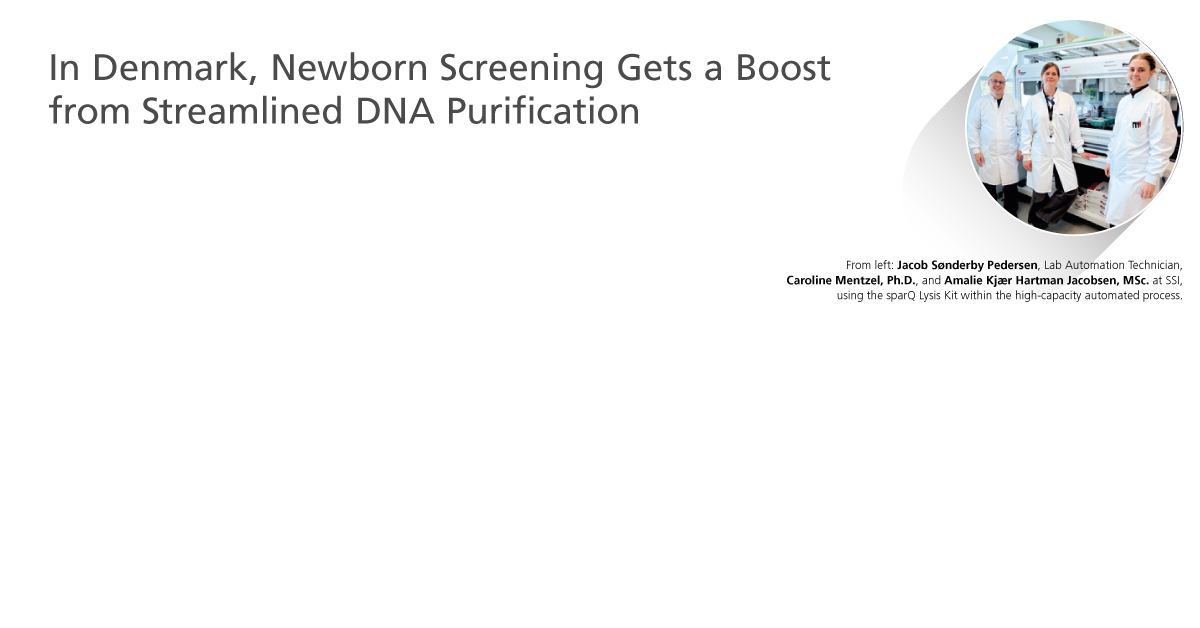Since the very earliest days of Quantabio, our focus has been on delivering high-performance, cost-effective products that help scientists conduct better research. We couldn’t do that without Dave Schuster, a co-founder who now serves as head of Quantabio R&D. We chatted with him to learn more about his role and the vision for Quantabio.
Q: What do you do at Quantabio?
A: We have a highly skilled and agile R&D product development team that’s focused on developing NGS, cDNA synthesis, and qPCR and PCR products for Quantabio. I had the privilege of building Quanta’s first product lines in the early 2000s and over the years I have helped to build a high-performing team of scientists who are bringing new ideas and innovations to help foster growth of the brand and business. As I’ve been involved in product development and engineering over the past 30 years, I tend to work on life cycle management projects while providing guidance to the scientific team for new product developments.
Q: How does the R&D team choose which new products to focus on?
A: We recognize what trends are out there and collectively choose what to work on next. Our biggest focus right now is on our new lyophilized product line, eQo. It’s supporting sustainability efforts by eliminating the need to ship products on dry ice, but as long as we’re doing the development work, we’ve also been rebuilding these products from the ground up to create a new generation of reagents that deliver even better performance to our customers. These eQo products are the most stable and highest-performing reagents we’ve ever built.
Q: What brought you to the company?
A: I had been with Life Technologies when it was known as Bethesda Research Labs; I started there right out of undergraduate as a QC technician and shortly afterward moved to R&D. They supported me through all of my graduate studies. After many years and an acquisition, eventually our site was closed and most of the scientists didn’t want to relocate. It was the perfect opportunity for a number of us to get together and start Quantabio, continuing our expertise in PCR and RT-PCR.
Q: What’s the best thing about your job?
A: It’s very much multifaceted and involves working closely with the commercial operations team, which gives me a level of interaction with customers to hear about their needs so the R&D team can work to fulfill those needs with new products or customized solutions.
Q: What do you wish more people knew about Quantabio?
A: Most people now recognize us as a leading supplier of products for RT-PCR and RT-qPCR, particularly with one-step systems, but they may not know that we have an intense focus on building products that are both high-value and cost-effective. We deliver very, very high levels of performance and value.
Q: Fill in the blank: Better reagents lead to ______.
A: Consistent and reliable results. Different applications have very specific needs, and we’ve tried to position things in these different application buckets. It’s very important to have that lot-to-lot consistency so you can rely on those products to always deliver for you. It’s often underappreciated, the value that reagents bring in reducing requirements for technical replicates so scientists can focus more on their biological replicates. It removes a lot of the headaches and lets you focus on what’s truly important to you.
Q: What’s your favorite thing to do in your spare time?
A: In my free time I trade in doing genetic carpentry to do wood carpentry. My wife and I have a condo in Salem, Massachusetts, that’s in an old seafarer’s home built in 1794. We’ve been updating and restoring it. One huge labor of love was refurbishing the kitchen floors, stripping back layers of other flooring and restoring the original pumpkin pine flooring. Those boards are over two feet wide and 16 feet long with 1 mm growth rings, and they’re still durable. Just think about how old those trees were when they were put into that place — it’s quite remarkable.
Q: What’s your ideal vacation?
A: I loved getting away to Hawaii and just kicking back and relaxing, but we don’t do that anywhere near enough.
Recent posts
Subscribe to Our Blog
More Articles

New Webinar: Learn More About Our Next-Gen cDNA Synthesis Products

New Tool Lets You See How Our Products Perform in the Scientific Literature



